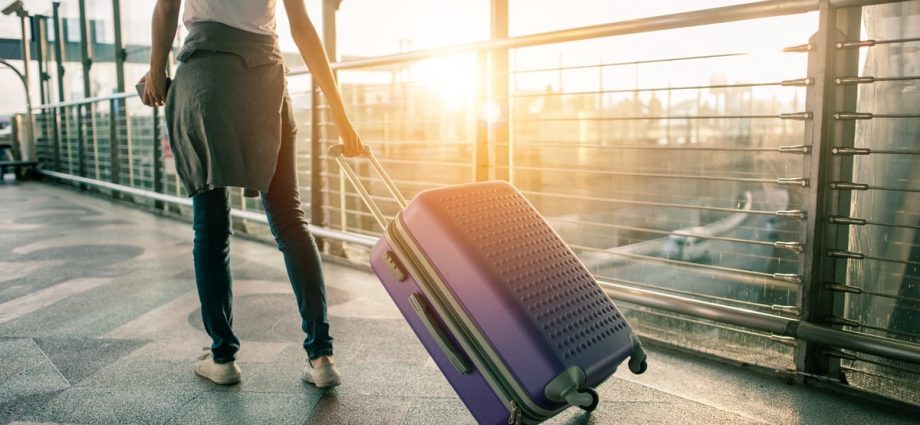FRIDAY, May 31, 2024 (HealthDay News) — Following the fall of Roe v. Wade in the summer of 2022, there’s been a surge in women from as far away as Texas and Florida traveling to Washington state to have a legal abortion, new data shows.
The study focused on the Cedar River Clinics, a network of care sites in Washington providing abortion services. Data was collected for the years 2017 through the end of July 2023.
The result: Whereas 4% of abortions performed at the clinics before the Dobbs decision involved women from out of state, between June 24, 2022 and July 31, 2024, that number had risen to 6% — a 50% increase.
The study also found that abortions for all women cared for at the clinics were delayed by about one week after the Dobbs decision.
“While one-week delay does not sound significant, any delays in receiving abortion care are problematic because it adversely affects the health of the pregnant person,” noted senior study author Dr. Emily Godfrey. She’s an OB/GYN and family medicine physician at University of Washington Medicine in Seattle.
Study first author Taylor Riley, a graduate student in epidemiology at the university, added that any delay in getting an abortion “is associated with increased risk of complications and negative mental health impacts, and later abortion care is more expensive.”
The findings were published May 29 in the journal JAMA Network Open.
Washington currently has some of the strongest protections in the nation allowing women access to abortion services. According to a university news release, “because the state has longstanding laws to protect abortion, regulate insurance coverage and allow abortion by a qualified health practitioner other than a doctor, Washington has become a haven for people seeking abortions, especially after 12 weeks.”
So, where are out-of-state patients seeking abortions in Washington coming from?
Prior to the Supreme Court’s decision overturning Roe v. Wade, the data showed that 52% were traveling from Alaska, 9% from Montana, 8% from Idaho, 6% from Oregon and 6% from Texas.
However, those numbers changed after abortion became illegal in many states. After the Dobbs decision, the data showed that 26% of out-of-state patients had traveled from Texas, 26% from Alaska, 8% from Idaho, 6% from Louisiana, and 6% from Florida.
Alaska still has right-to-abortion protections in place, but Texas, Idaho, Louisiana and Florida have now severely limited women’s access to the procedure.
Following Dobbs, the rate of surgical abortions in Washington requested by out-of-state patients also rose, to 72%, compared to medication abortions (28%), the study found.
As Godfrey explained in a university news release, “out-of-state patients are choosing uterine aspiration procedures over medication abortion in order to be 100% certain that they are no longer pregnant when they return home, especially if they live in a state that now criminalizes abortion.”
More than half (61%) of out-of-state patients accessing abortion in Washington already had a child or children, the research showed, and nearly two-thirds were using public insurance to pay for the abortion.
The study was funded by the University of Washington Population Health Initiative.
More information
There’s an interactive map showing levels of access to abortion in each state, at the Guttmacher Institute.
SOURCE: University of Washington, news release, May 29, 2024
Copyright © 2025 HealthDay. All rights reserved.

